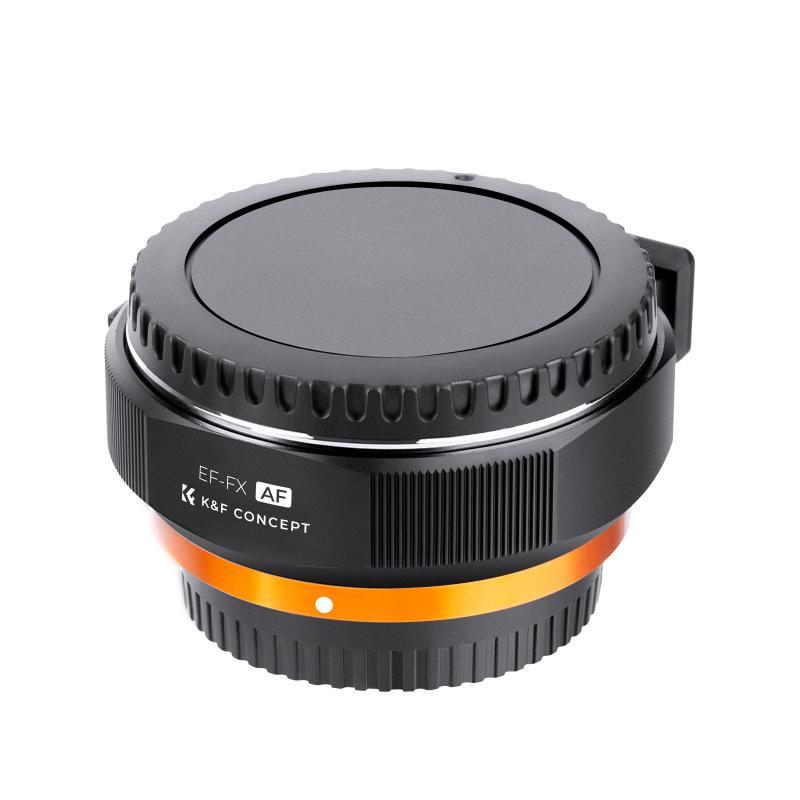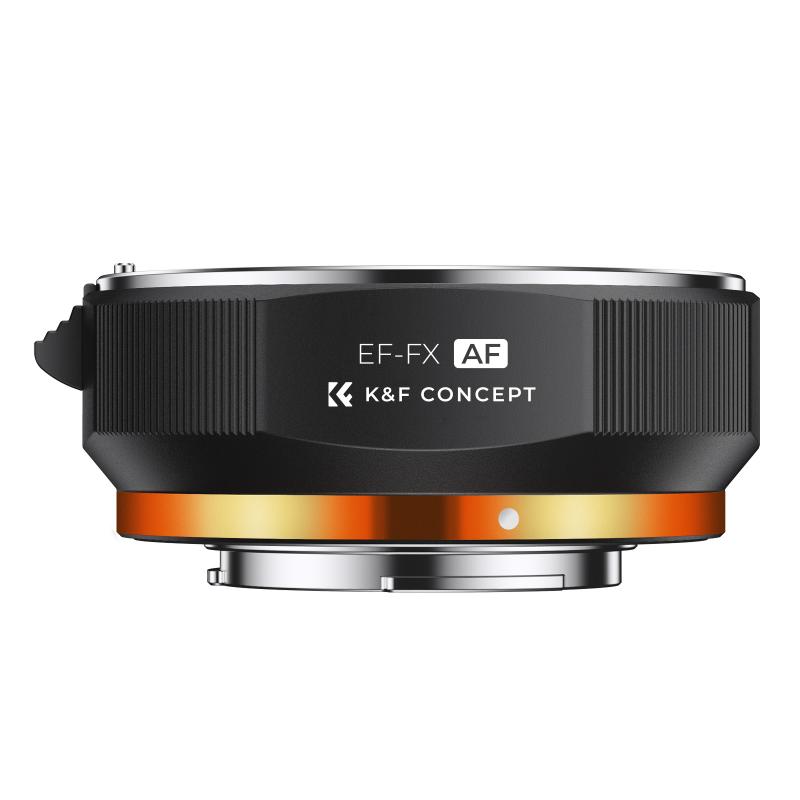What Does A Transmission Electron Microscope Do ?
A transmission electron microscope (TEM) is a type of microscope that uses a beam of electrons to visualize the internal structure of a specimen. It operates on the principle of transmitting electrons through a thin sample, allowing for high-resolution imaging of the specimen's ultrastructure. The TEM can provide detailed information about the morphology, composition, and crystallography of the sample at a nanoscale level. It is widely used in various scientific fields, including materials science, biology, and nanotechnology, to study the fine details of biological samples, nanoparticles, crystals, and other materials. The TEM has the ability to achieve extremely high magnification and resolution, enabling researchers to observe structures and features that are not visible with other types of microscopes.
1、 Imaging: High-resolution imaging of ultra-thin samples using electron beams.
A transmission electron microscope (TEM) is a powerful tool used in scientific research and various industries to study the structure and properties of materials at the atomic and molecular level. It utilizes a beam of electrons instead of light to image samples, allowing for much higher resolution and magnification than traditional light microscopes.
The primary function of a TEM is imaging, specifically high-resolution imaging of ultra-thin samples. The electron beam passes through the sample, and the resulting transmitted electrons are collected and used to create an image. This allows researchers to visualize the internal structure of materials with incredible detail, revealing information about their composition, crystal structure, defects, and interfaces.
TEMs have been instrumental in advancing our understanding of various scientific fields, including materials science, nanotechnology, biology, and chemistry. They have enabled researchers to observe and manipulate nanoparticles, study the behavior of biological molecules, investigate the properties of new materials, and explore the atomic structure of crystals.
In recent years, there have been advancements in TEM technology that have further expanded its capabilities. For example, aberration correction techniques have improved the resolution and image quality, allowing for even finer details to be observed. Additionally, the development of environmental TEMs has enabled the study of materials under realistic conditions, such as in a controlled gas or liquid environment.
Furthermore, TEMs are now equipped with advanced analytical techniques, such as energy-dispersive X-ray spectroscopy (EDS) and electron energy-loss spectroscopy (EELS), which provide chemical and elemental information about the sample. This allows researchers to not only visualize the structure but also analyze the composition and distribution of elements within the sample.
In summary, a transmission electron microscope is a powerful imaging tool that provides high-resolution images of ultra-thin samples using electron beams. Its capabilities have been continuously enhanced, enabling researchers to delve deeper into the atomic and molecular world and gain valuable insights into various scientific disciplines.

2、 Magnification: Enlarging the image of the sample for detailed analysis.
A transmission electron microscope (TEM) is a powerful tool used in scientific research to study the structure and composition of materials at the atomic and molecular level. It utilizes a beam of electrons instead of light to magnify the image of a sample, allowing for highly detailed analysis.
One of the primary functions of a TEM is magnification. It can enlarge the image of the sample up to millions of times, providing researchers with a level of detail that is not possible with other microscopes. This high magnification allows for the observation of individual atoms and their arrangement within a material. By studying the atomic structure, scientists can gain insights into the properties and behavior of materials, leading to advancements in various fields such as materials science, nanotechnology, and biology.
In addition to magnification, a TEM also enables researchers to analyze the composition of a sample. By passing the electron beam through the sample, it interacts with the atoms, causing them to scatter or diffract the electrons. This scattering pattern can be captured and analyzed to determine the arrangement of atoms within the sample. Furthermore, the TEM can also be equipped with various detectors to measure the energy and intensity of the scattered electrons, providing information about the chemical composition of the sample.
Moreover, recent advancements in TEM technology have expanded its capabilities. For instance, aberration correction techniques have improved the resolution of TEMs, allowing for even higher magnification and sharper images. Additionally, the development of environmental TEMs has enabled the study of materials under realistic conditions, such as in a gaseous or liquid environment. This has opened up new possibilities for studying biological samples and dynamic processes in real-time.
In conclusion, a transmission electron microscope is a powerful tool that magnifies the image of a sample for detailed analysis. Its ability to provide high-resolution images and analyze the composition of materials at the atomic level has revolutionized scientific research and contributed to numerous advancements in various fields. With ongoing technological advancements, the capabilities of TEMs continue to expand, further enhancing our understanding of the microscopic world.

3、 Spectroscopy: Analyzing the chemical composition of the sample using electron energy loss spectroscopy.
A transmission electron microscope (TEM) is a powerful tool used in scientific research to study the structure and composition of materials at the atomic level. It utilizes a beam of electrons to image and analyze samples with extremely high resolution.
One of the key functions of a TEM is imaging. It can produce detailed images of the internal structure of a sample by transmitting electrons through it. This allows scientists to observe the arrangement of atoms, defects, and interfaces within the material. The high resolution of a TEM enables the visualization of features as small as a few angstroms, providing valuable insights into the material's properties and behavior.
In addition to imaging, a TEM can also perform spectroscopy, which involves analyzing the interaction between the electron beam and the sample. Spectroscopy techniques, such as electron energy loss spectroscopy (EELS), can be used to determine the chemical composition of the sample. EELS measures the energy loss of electrons as they interact with the sample, providing information about the elements present and their chemical bonding.
The latest advancements in TEM technology have further enhanced its capabilities. For instance, aberration correction techniques have significantly improved the resolution and image quality, allowing for more precise analysis of materials. Additionally, the development of environmental TEMs enables the study of materials under controlled conditions, such as in a gas or liquid environment.
Overall, a transmission electron microscope is a versatile instrument that enables scientists to investigate the atomic structure and chemical composition of materials. Its imaging and spectroscopy capabilities have revolutionized various fields of research, including materials science, nanotechnology, and biology, leading to new discoveries and advancements in these areas.

4、 Diffraction: Studying the crystal structure and lattice arrangement of materials.
A transmission electron microscope (TEM) is a powerful tool used in scientific research to study the structure and properties of materials at the atomic level. It utilizes a beam of electrons instead of light to image the sample, allowing for much higher resolution and magnification compared to traditional light microscopes.
One of the key capabilities of a TEM is diffraction, which involves analyzing the scattering of electrons as they pass through a sample. By passing the electron beam through a crystalline material, the TEM can reveal valuable information about the crystal structure and lattice arrangement of the material. This is achieved by measuring the angles and intensities of the diffracted electrons, which can then be used to determine the spacing and orientation of the crystal lattice.
Diffraction in TEM has been instrumental in advancing our understanding of various materials, including metals, ceramics, semiconductors, and biological samples. It has allowed scientists to investigate the arrangement of atoms within a crystal, identify crystal defects and imperfections, and study the behavior of materials under different conditions.
In recent years, advancements in TEM technology have further enhanced its diffraction capabilities. For example, the development of aberration-corrected TEMs has significantly improved the resolution and image quality, enabling researchers to observe atomic structures with unprecedented detail. Additionally, the integration of electron energy-loss spectroscopy (EELS) and electron diffraction tomography techniques has expanded the range of information that can be obtained from diffraction experiments.
Overall, the diffraction capabilities of a transmission electron microscope play a crucial role in materials science, allowing scientists to gain insights into the fundamental properties and behavior of materials at the atomic scale. This knowledge is essential for the development of new materials with tailored properties and for advancing various fields such as nanotechnology, electronics, and medicine.





































